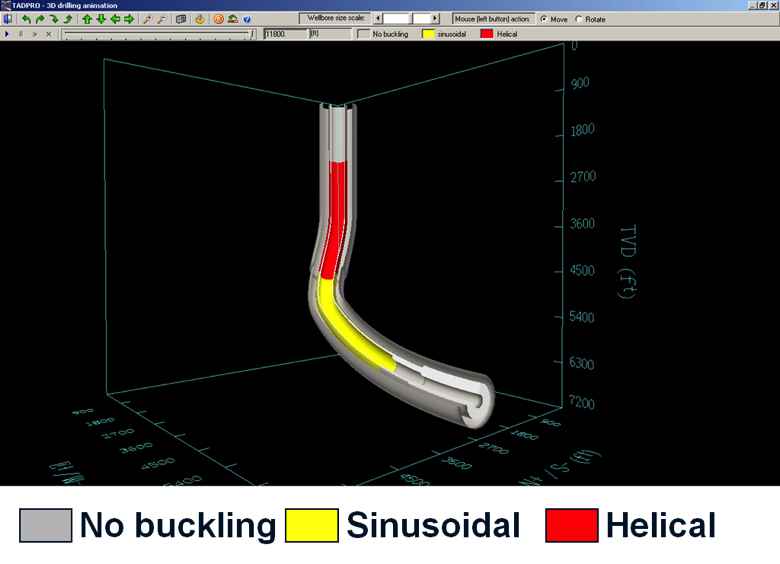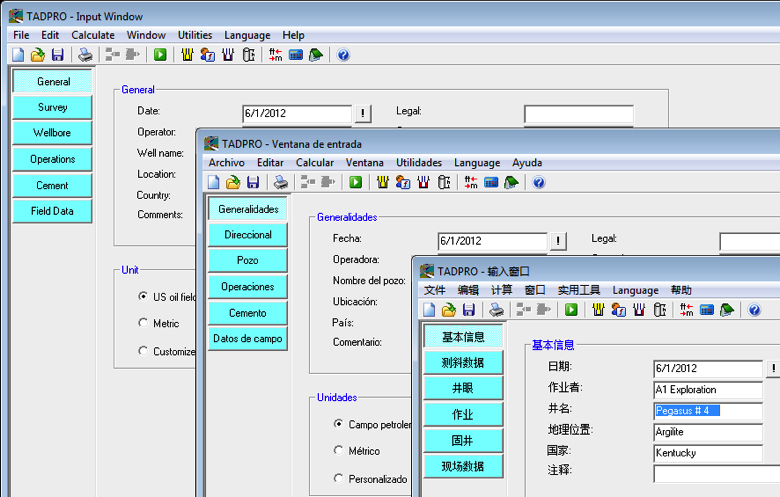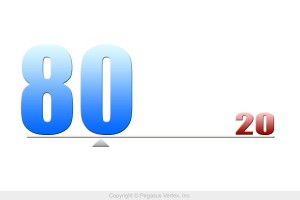Literally, being lost in translation happens not only to travelers in foreign countries, but also in our daily lives, where essential meanings are dropped in communication; or in the software development process, in which the specifications might be compromised. That's why it's important to work with Professional Website Translation as such companies can guarantee the quality of their translation.
Drilling software, used by drilling professionals, is rarely developed by drilling engineers. The gap between eventual users and developers is inevitable. We can attempt to minimize it, but we cannot remove it completely, simply because two groups of people speak different languages.
While developers speak computer languages such as VB, C#, etc., drilling engineers speak an operation language. The communication is through meetings, specifications, testing, and so on. It is easier for developers to speak the field language and we have proved this.
One of the translation tools between these languages is visualization, especially 3D. It is hard enough for field engineers to explain what happens downhole. It is equally challenging for developers to express the computer simulated numbers in a meaningful yet easy-to-understand format. The following graph is one of our approaches to show the buckling of a pipe in a well.

Quite a few years ago, I visited Japan with a delegate of casing running and cementing experts from Unocal. The Japanese are known for their beautifully arranged dishes, such as bento. But what (pleasantly) surprised me was that the plastic models of dishes or noodle bowls were so real. They could easily fool our eyes. These models were mostly handmade and custom-tailored for restaurants.
Their idea is to really get you interested in the dishes. Dish pictures in the menu help non-Japanese speakers order. Dish models displayed in the restaurant ultimately translate the entire description to a vivid virtual order so that ordering food is as effortless as possible.
Back to our title. 3D visualization is a great help in translating computer language to field language. But if you really want to conquer the world, we have the drilling software (with 5 languages: English, Spanish, Portuguese, Chinese and Russian) to enable you to do so.


